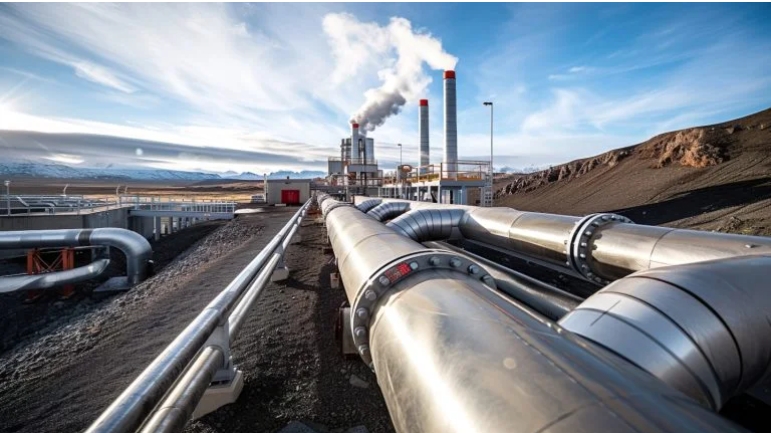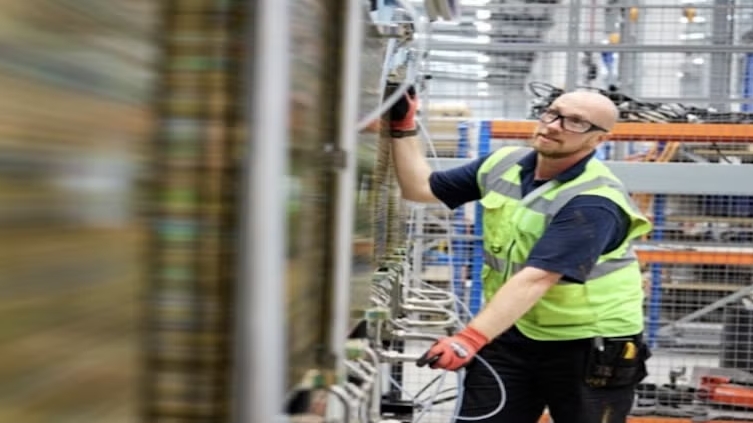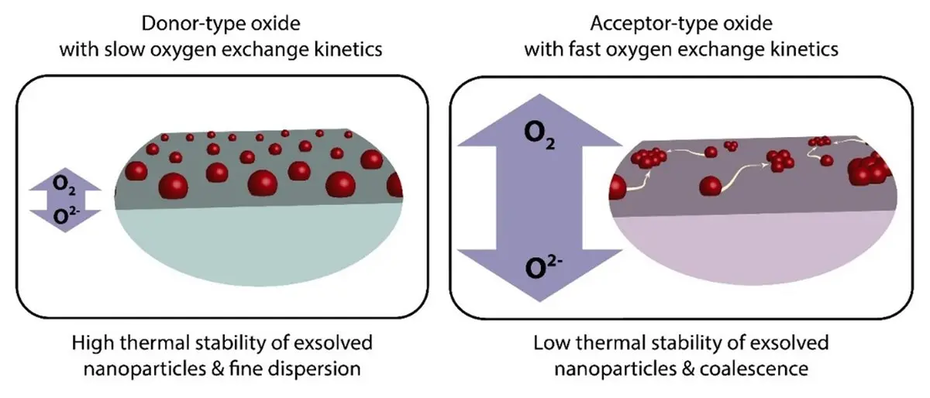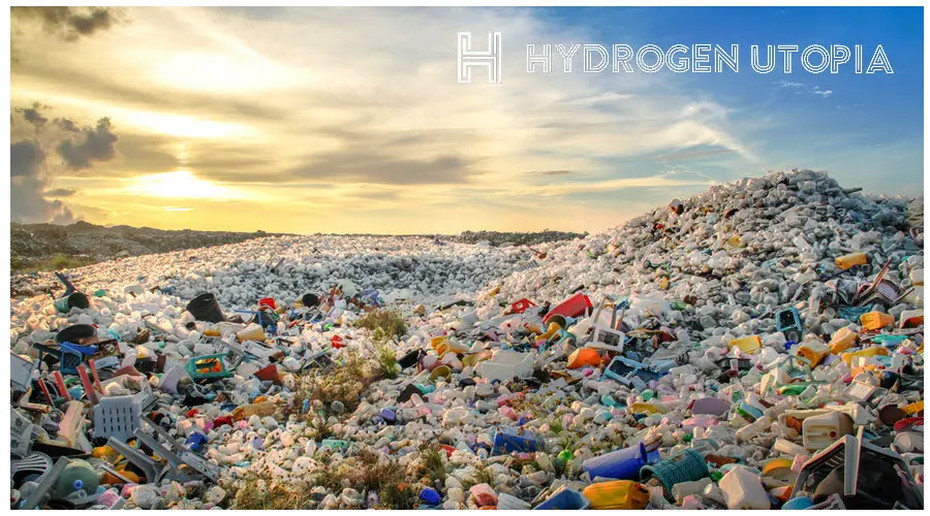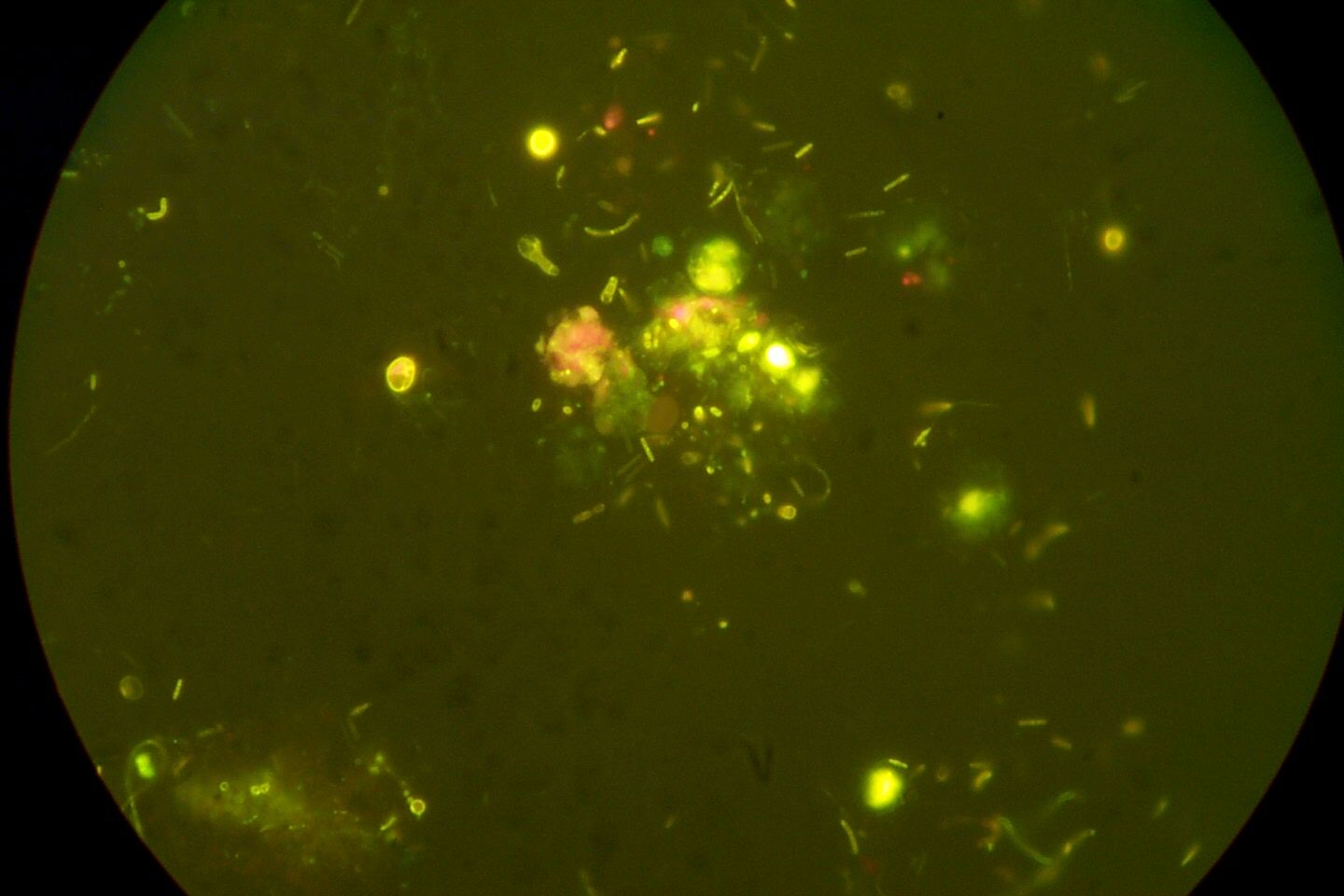 Aquatic Bacteria Samples
Aquatic Bacteria Samples
Despite the years of research and development, however, the proponents of maritime energy have little to show for it. Tidal energy is “still in its infancy” and has seen extremely little commercial production, with a very short list of notable exceptions. National Geographic reports that “the United States has no tidal plants and only a few sites where tidal energy could be produced at a reasonable price. China, France, England, Canada, and Russia have much more potential to use this type of energy.” But so far, not much is being done to realize that potential.
Meanwhile, algal biofuel, which was one oft-praised as the next big thing to save the world with unbounded clean energy, has since been dismissed by some as a “swindle” and in October 2018 Forbes even went so far as to publish “An Algal Biofuel Obituary”. The article condemned the algal biofuel industry for eating up tax dollars to fund large-scale research and development of their various technologies based on over-hyped and trumped up claims of the fuel source’s potential. Two years later, the process of producing algal biofuel still remains far too expensive to work on a commercial scale.
Undaunted, however, many research organizations have pushed on to find the answer to replacing dirty and finite fossil fuels in the sea. And now, finally, it may have paid off. “People from an organization called MIB may help save the world as we know it, but these are no Men in Black—they’re from the profoundly un-Hollywood Manchester Institute of Biotechnology, part of the University of Manchester in the UK,” write the Robb Report about the breakthrough. “They say that a cleaner replacement for jet fuel, made from seawater, could be just a handful of years away.”
This new process of harvesting aquatic bacteria is not subject to many of the pitfalls that have kept algal biofuel from flourishing as an industry, as unlike algae, the bacteria in question does not need “tightly controlled environments for its production process.” It also has a significant leg up on other kinds of biofuels, notes the Robb report. “The bacteria can be grown using agricultural and food waste, and the process of creating fuel would have less impact and could be cheaper than for current biofuels. For example, bioethanol comes from plants, such as corn, that compete for land with food crops.”
This kind of breakthrough is direly needed, as a clean-burning replacement for jet fuel becomes more and more necessary as calls to curb greenhouse gas emissions ramp up on what could be the eve of catastrophic climate change. “Aviation’s growing traffic levels are eclipsing efficiency gains—the proportion of greenhouse gases that comes from aviation currently accounts for 2 percent of the global total,” continues the Report. “The aviation industry has promised to slash emissions by 50 percent from 2005 levels by 2050, and cleaner, sustainable alternative fuels will be key to getting there. But in 2018, biofuels were less than 0.1 percent of the sector’s fuel use, despite the first commercial flight to use such fuels taking place in 2008. They can also be more expensive than fossil-derived jet fuel, too.”
Aquatic bacteria may not be the silver bullet answer to curbing transportation emissions, but it could go a long way. It’s clean burning, reportedly cost-effective, and does not compete for land use with important food crops. The potential for this new fuel source has not gone unnoticed--one of the biggest funders of the project is the U.S. military, via the Office of Naval Research Global, and as Oilprice has already reported just a few months ago, if anyone is going to spark the death of fossil fuels, it will be the U.S. military.
